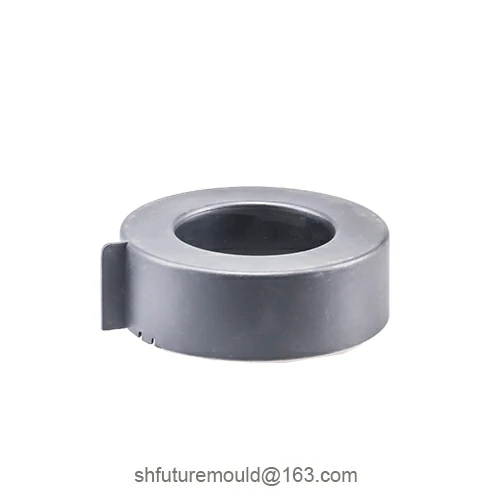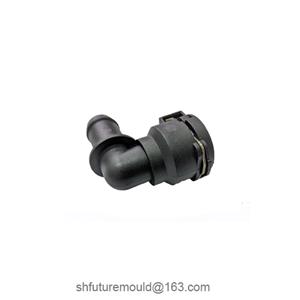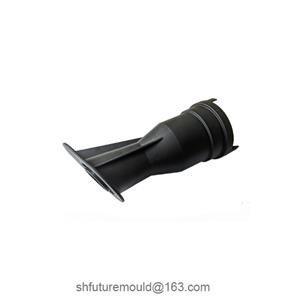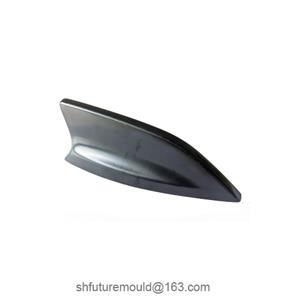Plastic Injection Mold Manufacturing Process
Plastic injection molds are essential for transforming plastic into various shapes and products. Their manufacturing process involves multiple steps and intricate technical procedures. Generally, the plastic injection mold manufacturing process can be broken down into the following stages:
Customer Customization
Initially, the customer provides product drawings and other technical documentation to the mold manufacturer. This allows the manufacturer to understand the product's structure, dimensions, precision, material requirements, and specifications. Based on this information, both parties engage in technical discussions to determine the specific mold design and manufacturing process.
Mold Design
Utilizing computer-aided design (CAD) software, mold design engineers create a three-dimensional model of the mold based on the finalized customer specifications. They meticulously design the mold structure, components, and materials. Mold design is a crucial part of plastic injection mold manufacturing, directly impacting product quality and production efficiency.
Mold Manufacturing
Mold manufacturing is the most complex section of the entire process, encompassing several procedures:
Mold Base Machining: The primary components of the mold, such as the base plate and core plates, undergo rough and fine machining to ensure dimensional accuracy and surface finish.
Electrode Machining: For components with intricate shapes or high precision requirements, electrode machining methods like wire EDM (electrical discharge machining) or spark erosion are employed to create electrodes. These electrodes are then used in processes like electrolytic machining or milling to fabricate the parts.
Mold Component Machining: Other mold components, such as guide pins, guide bushings, ejector blocks, and others, are manufactured using machining techniques like turning, milling, grinding, and drilling.
Mold Assembly: All manufactured mold components are assembled according to the design drawings, followed by adjustments and trial fits.
Mold Inspection
Once the mold is assembled, it undergoes rigorous inspection to verify compliance with design specifications and technical standards. Mold inspection typically includes visual examination, dimensional inspection, geometric accuracy inspection, and functional testing.
Mold trial
The mold trial involves producing sample products on an injection molding machine to evaluate the mold's actual performance. During trial molding, adjustments are made to the mold's gating system, cooling system, venting system, and other parameters. Product quality and production efficiency are also assessed.
Mold Repair and Modification
Based on the trial molding results, the mold is inspected for any defects and undergoes necessary repairs or modifications. This ensures the mold meets the desired quality standards.
Mold Delivery
Upon successful mold repair and modification, the mold manufacturer delivers the mold to the customer.
Mold Maintenance
Throughout its usage, the mold requires regular maintenance to maintain its optimal working condition.




